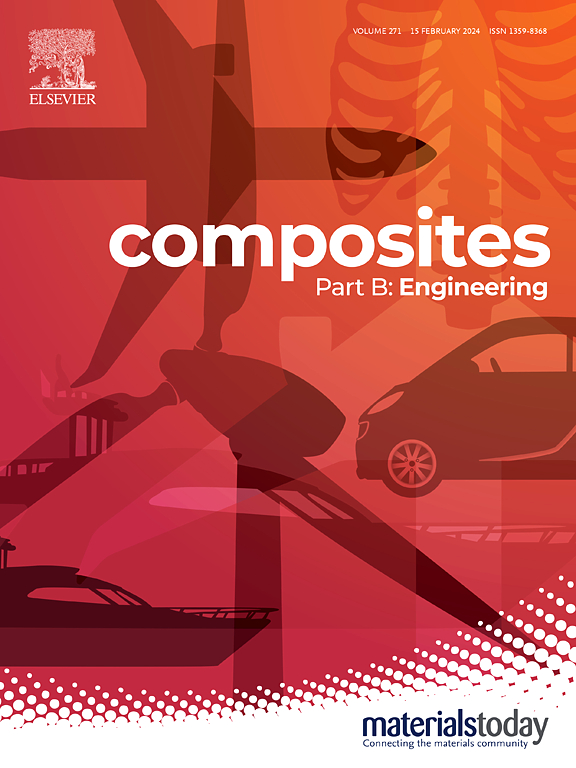Scaffold internal network bioprinting for vascularized tissue regeneration
IF 12.7
1区 材料科学
Q1 ENGINEERING, MULTIDISCIPLINARY
引用次数: 0
Abstract
The regeneration of large-volume artificial organs necessitates effective vascularization. However, establishing free-form and perfusable vascular networks within these constructs remains a significant challenge. In this study, we introduce a novel printing technique termed Scaffold Internal Perfusable Vascular Network Printing (SINP), which utilizes microsphere suspensions to fabricate customizable vascular networks within a designated microsphere scaffold while simultaneously seeding multiple cell types for engineering vascularized tissues. This printing method offers three key advantages. Firstly, the GelMA microsphere bath promotes construct formation with substantial porosity, facilitating internal nutrient diffusion and cell infiltration. Secondly, the incorporation of sacrificial ink creates internal free-form channels that are essential for ensuring adequate nutrient supply in large-volume tissue scaffolds. Lastly, by seeding multiple cell types from the lumen of the tubes, including vascular endothelial cells, it is possible to construct specific vascularized tissues in vitro. Ultimately, we successfully printed centimeter-level demo-shaped vascularized breast tissue and demonstrated its regenerative efficacy in vivo and in vitro experiments, highlighting the potential of this innovative printing approach for regenerating large-volume vascularized tissues.
求助全文
约1分钟内获得全文
求助全文
来源期刊

Composites Part B: Engineering
工程技术-材料科学:复合
CiteScore
24.40
自引率
11.50%
发文量
784
审稿时长
21 days
期刊介绍:
Composites Part B: Engineering is a journal that publishes impactful research of high quality on composite materials. This research is supported by fundamental mechanics and materials science and engineering approaches. The targeted research can cover a wide range of length scales, ranging from nano to micro and meso, and even to the full product and structure level. The journal specifically focuses on engineering applications that involve high performance composites. These applications can range from low volume and high cost to high volume and low cost composite development.
The main goal of the journal is to provide a platform for the prompt publication of original and high quality research. The emphasis is on design, development, modeling, validation, and manufacturing of engineering details and concepts. The journal welcomes both basic research papers and proposals for review articles. Authors are encouraged to address challenges across various application areas. These areas include, but are not limited to, aerospace, automotive, and other surface transportation. The journal also covers energy-related applications, with a focus on renewable energy. Other application areas include infrastructure, off-shore and maritime projects, health care technology, and recreational products.
 求助内容:
求助内容: 应助结果提醒方式:
应助结果提醒方式:


